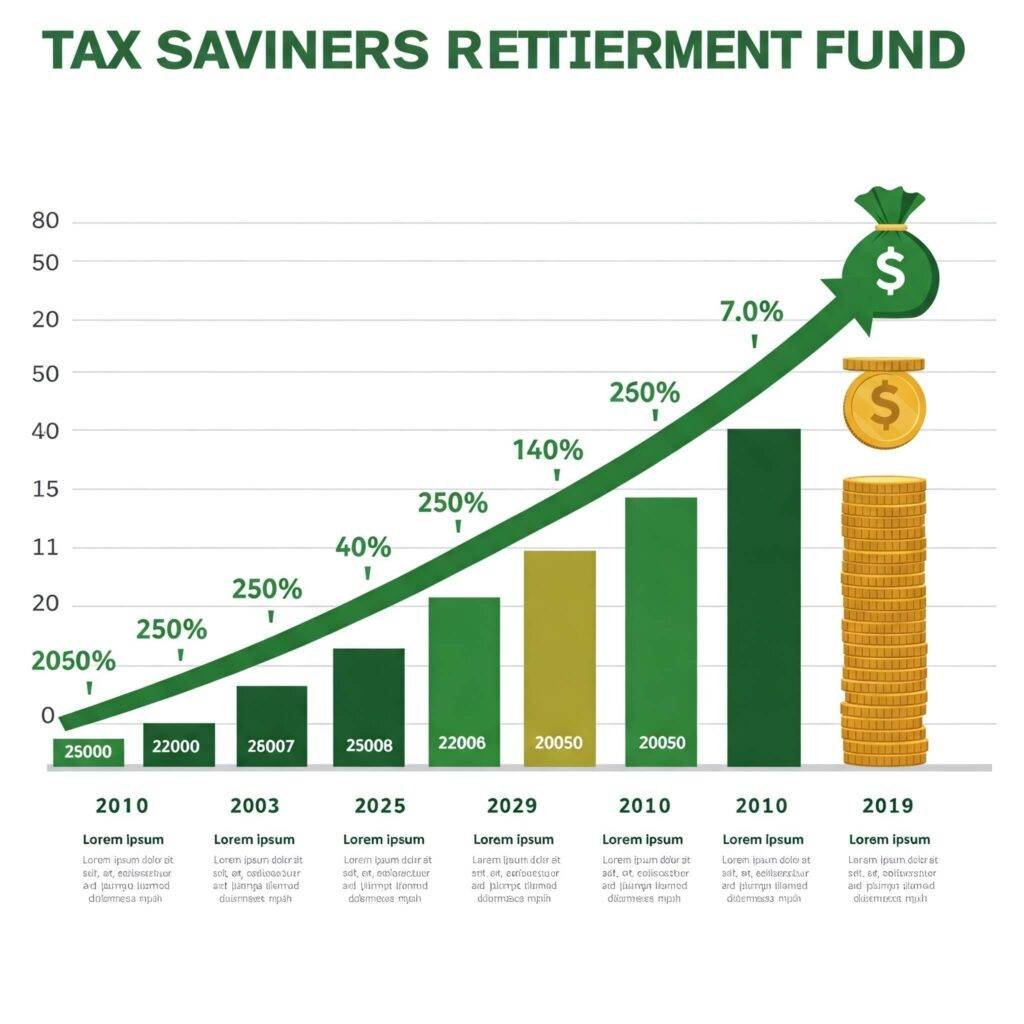Tax planning is the key to unlocking early retirement and enjoying more of your hard-earned wealth. By strategically managing your taxes, you can maximize savings, reduce liabilities, and build a robust financial foundation for retiring years ahead of schedule. This article explores how tax planning empowers you to retire early, with practical strategies, real-world examples, and actionable insights to help you live the retirement of your dreams.
Why Tax Planning is Crucial for Early Retirement
Tax planning for early retirement isn’t just about filing your taxes correctly—it’s about making smart financial decisions that minimize your tax burden and maximize your savings. According to the IRS, strategic tax planning can save individuals thousands annually, which compounds significantly over time. For those dreaming of retiring early, every dollar saved through tax strategies brings you closer to financial freedom.
Consider Sarah, a 35-year-old software engineer who wants to retire at 50. By leveraging tax-advantaged accounts and deductions, she saves an extra $10,000 per year. Over 15 years, with a modest 6% annual return, that’s over $250,000 added to her retirement nest egg. This is the power of tax planning for early retirement.

Top Tax Planning Strategies to Retire Early
To retire early and enjoy more, you need a proactive tax strategy. Below are proven tax planning techniques to accelerate your journey to financial independence.
1. Maximize Contributions to Tax-Advantaged Accounts
Tax-advantaged accounts like 401(k)s, IRAs, and HSAs offer significant savings. Contributions to these accounts are often tax-deductible, and earnings grow tax-free or tax-deferred. For 2025, the IRS allows you to contribute up to $23,000 to a 401(k) and $7,000 to an IRA (plus $1,000 catch-up for those over 50).
- 401(k): Reduces taxable income and offers employer matching in many cases.
- Roth IRA: Pay taxes now, enjoy tax-free withdrawals in retirement.
- HSA: Triple tax benefits—deductible contributions, tax-free growth, and tax-free withdrawals for medical expenses.
Real-World Example: John, a 40-year-old teacher, maxes out his 403(b) and Roth IRA annually. By reducing his taxable income, he saves $5,000 in taxes each year, which he invests for early retirement.
2. Leverage Tax Deductions and Credits
Tax deductions and credits are powerful tools for reducing your tax bill. Common deductions include mortgage interest, charitable donations, and business expenses for self-employed individuals. Credits like the Earned Income Tax Credit or energy-efficient home improvements can further lower your taxes.
- Actionable Tip: Work with a tax professional to identify every eligible deduction and credit. Tools like TurboTax can also help.
3. Invest in Tax-Efficient Vehicles
Tax-efficient investments, such as index funds or municipal bonds, minimize capital gains taxes. Long-term capital gains (on assets held over a year) are taxed at lower rates than ordinary income, making them ideal for early retirees.
- Pro Tip: Use a taxable brokerage account for long-term investments to complement tax-advantaged accounts.

How Tax Planning Boosts Retirement Savings
Effective tax planning for early retirement directly increases your savings by reducing what you owe Uncle Sam. Here’s how:
- Compounding Savings: Money saved on taxes can be invested, growing exponentially over time.
- Lower Taxable Income: Deductions and contributions reduce your taxable income, leaving more for savings.
- Flexibility in Retirement: Tax-efficient withdrawals (e.g., Roth IRA) provide tax-free income, stretching your savings further.
For example, the Vanguard Retirement Calculator shows that saving an extra $5,000 annually through tax planning can add $500,000 to your retirement fund over 25 years at a 7% return.
Common Tax Planning Mistakes to Avoid
Even savvy savers can make tax planning mistakes that delay early retirement. Here’s what to watch out for:
- Underutilizing Tax-Advantaged Accounts: Failing to max out 401(k)s or IRAs leaves money on the table.
- Ignoring Tax Bracket Management: Withdrawals or income spikes can push you into a higher tax bracket.
- DIY Tax Planning Without Expertise: Complex tax laws require professional guidance to optimize savings.
Actionable Takeaway: Schedule an annual review with a certified financial planner or tax advisor to stay on track. Resources like NerdWallet offer free tools to estimate your tax savings.

Start Tax Planning for Early Retirement Today
Tax planning for early retirement is a game-changer. By maximizing tax-advantaged accounts, leveraging deductions, and investing wisely, you can retire years earlier and enjoy more financial freedom. Start small—review your current tax strategy, consult a professional, and take advantage of free resources like the IRS Taxpayer Advocate Service.
Ready to fast-track your retirement? The sooner you start tax planning, the closer you are to sipping cocktails on the beach or pursuing your passions without financial stress.
Outbound link:

